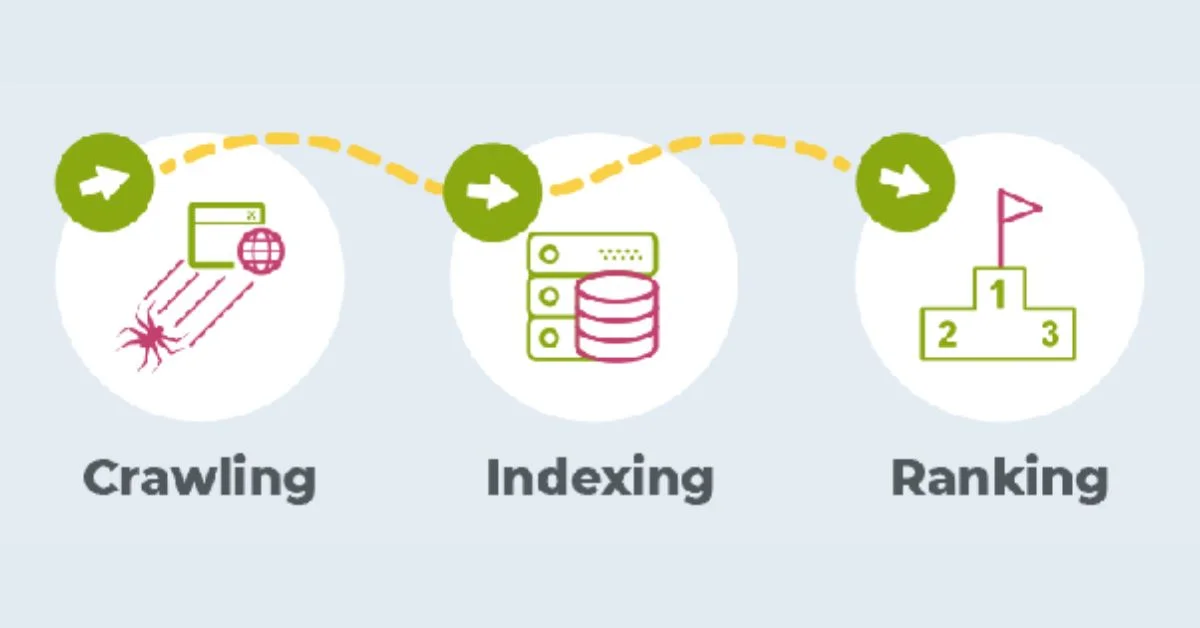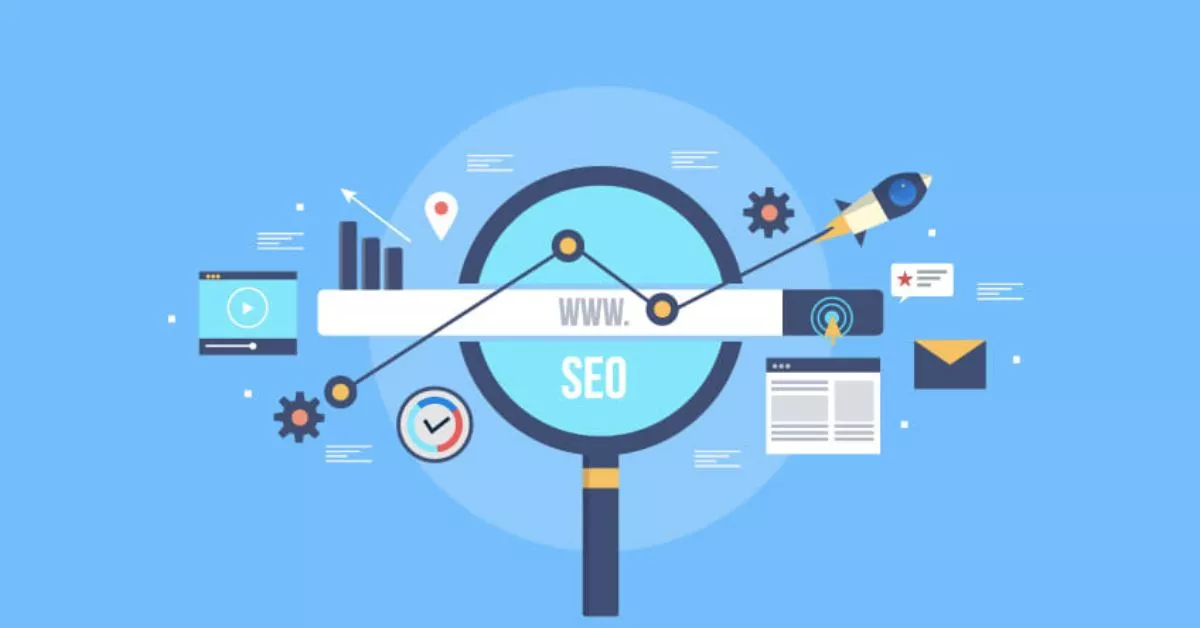Optimizing your website for search engines (SEO) is crucial for increasing visibility, attracting traffic, and ultimately achieving your online goals, whether that’s sales, sign-ups, or spreading your message. SEO involves a series of strategies and practices aimed at improving your website’s ranking in search engine results pages (SERPs).
Here’s a comprehensive guide to optimizing your website’s SEO in a step-by-step manner.
1. Understand Your Target Audience and Keywords
Know Your Audience: Understanding who your target audience is and what they are looking for online is the foundation of SEO. Use tools like Google Analytics to analyze your audience’s behavior, preferences, and demographics.
Keyword Research: Identify the keywords and phrases your target audience uses when searching for products, services, or information online. Use keyword research tools like Google Keyword Planner, SEMrush, or Ahrefs to find relevant keywords with good search volume and achievable competition.

2. Optimize Website Structure and Navigation
Mobile-Friendly Design: With mobile searches increasingly dominating, ensure your website is responsive and mobile-friendly. Google’s Mobile-Friendly Test can help you check your site’s compatibility.
Site Structure: Organize your website’s structure logically. A well-structured site helps search engines understand your website’s content and improves user experience.
Navigation and Internal Linking: Ensure your site navigation is intuitive and straightforward. Use internal linking wisely to guide visitors through your website, keeping them engaged longer.
3. Optimize On-Page Elements
Title Tags and Meta Descriptions: Optimize title tags and meta descriptions for each page with relevant keywords. They should be compelling to encourage click-throughs from SERPs.
Header Tags: Use header tags (H1, H2, H3) to structure your content. Include keywords in your headers, especially the H1 tag, which is often considered the most important.
Content Optimization: Create high-quality, engaging content that addresses your audience’s needs and questions. Use keywords naturally and contextually within your content.
Images and Alt Text: Optimize images by compressing them for faster loading times and using descriptive filenames. Always include alt text with relevant keywords for accessibility and additional SEO benefits.
4. Improve Site Speed and Performance
Loading Speed: Site speed is a ranking factor. Use tools like Google PageSpeed Insights to analyze and improve your website’s loading times.
Optimize Images and Files: Compress images and minify CSS, JavaScript, and HTML files to reduce their size and improve load times.
Use a Content Delivery Network (CDN): A CDN can speed up content delivery by using servers closest to the user, improving site speed and user experience.
5. Create Quality Backlinks
Backlink Building: Backlinks from reputable sites signal to search engines that your content is valuable. Focus on creating high-quality content that naturally attracts backlinks. Additionally, consider guest posting, engaging with influencers, and listing your site in reputable directories.
Monitor Your Backlink Profile: Use tools like Ahrefs or Moz to monitor your backlink profile. Watch out for toxic links and consider disavowing them through Google Search Console if necessary.
6. Utilize Social Media and Content Marketing
Social Media Presence: While social signals are not a direct ranking factor, a strong social media presence can increase your content’s visibility and lead to more backlinks.
Content Marketing: Regularly publish valuable content, such as blog posts, infographics, and videos, to engage your audience and encourage shares and backlinks.
7. Implement Local SEO (if applicable)
Google My Business: For local businesses, create and optimize a Google My Business listing. Include accurate information, photos, and encourage customer reviews.
Local Keywords: Incorporate local keywords into your website’s content and meta tags to improve visibility in local search results.
8. Monitor and Analyze Your SEO Performance
Google Analytics and Search Console: Use Google Analytics and Google Search Console to track your website’s performance. Monitor traffic, rankings, bounce rate, and other metrics to understand what’s working and what needs improvement.
Regular Audits: Conduct regular SEO audits to identify and fix issues such as broken links, duplicate content, and crawl errors.

Conclusion
SEO is an ongoing process that requires regular monitoring, updating, and adapting to changes in search engine algorithms and user behavior. By following the steps outlined above, you can significantly improve your website’s SEO performance, attract more traffic, and achieve your online objectives.
Remember, the key to successful SEO is creating a seamless, enjoyable experience for your users while providing them with valuable content.
